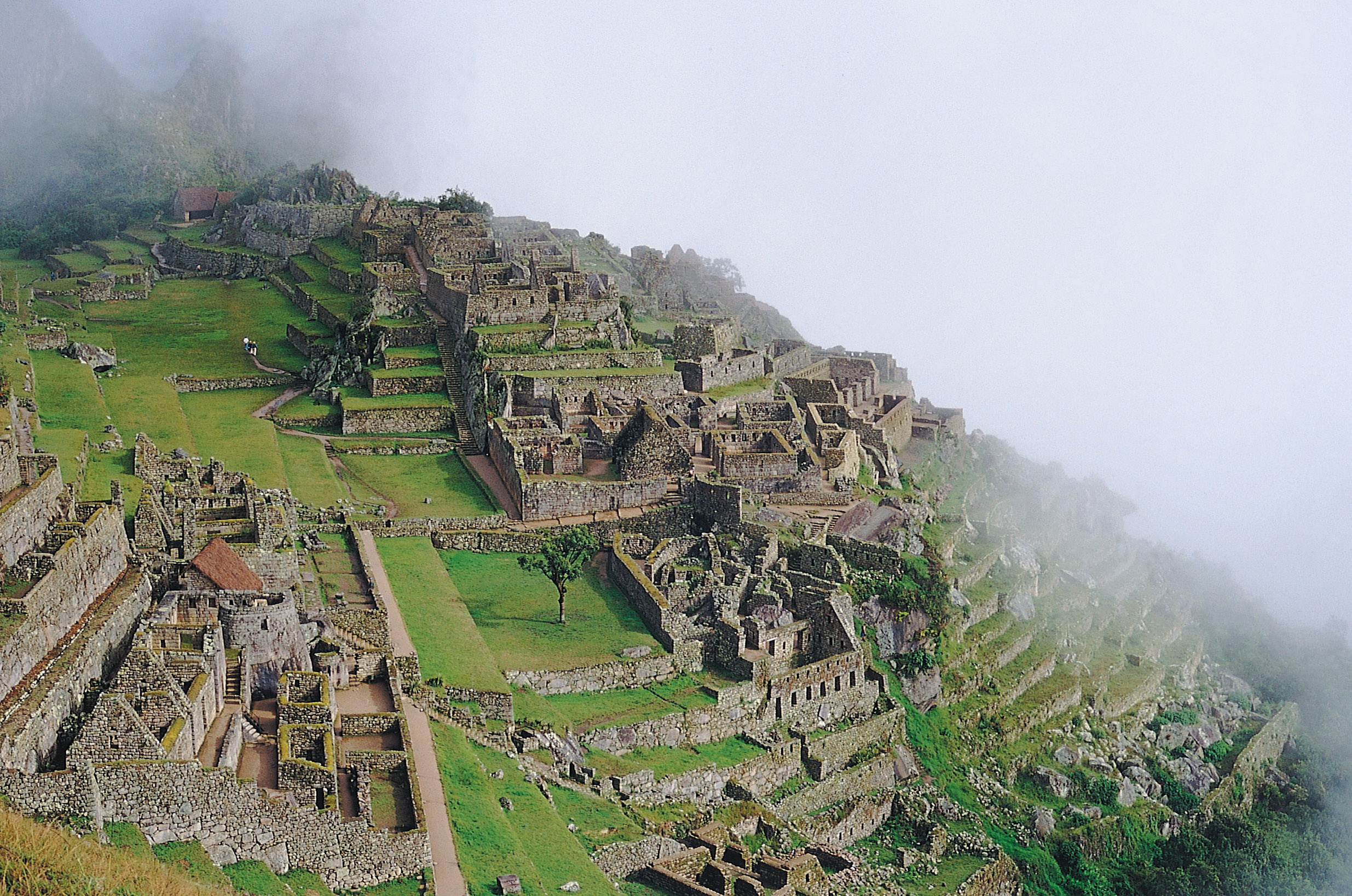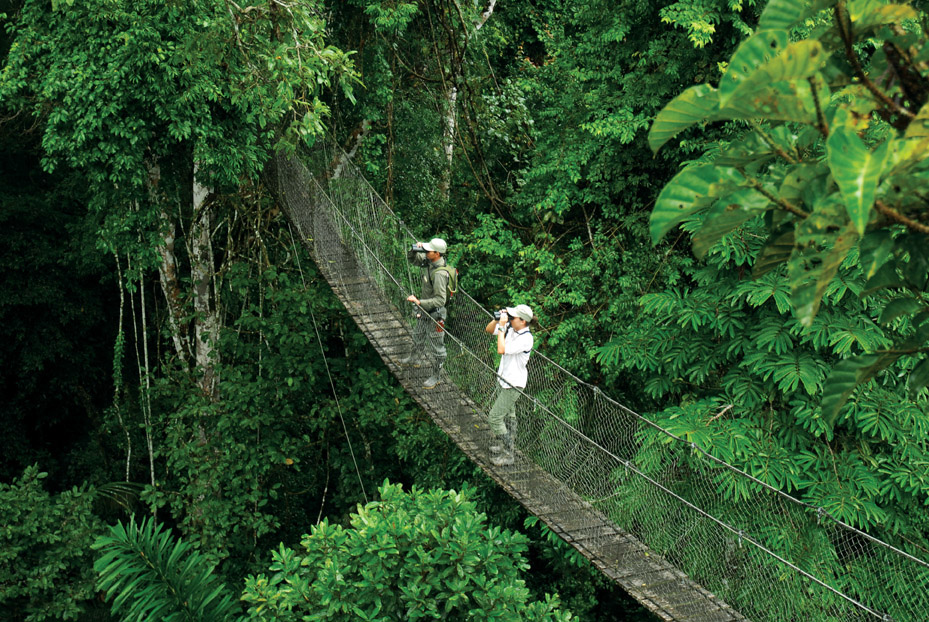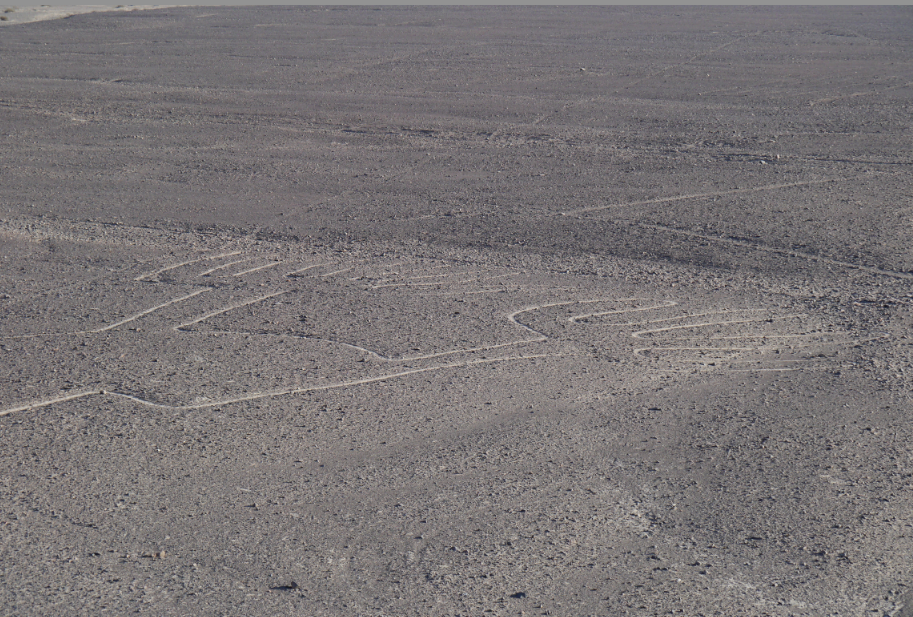13/02/2017
With Peru’s inclusion on National Geographic’s Cool List for 2017 there is no sign of it dropping from the top of travellers’ bucket lists. It is a place full of adventure, national treasures and culture, which entices over three million excited travellers every year.

Whether you’re a seasoned Peru visitor, have a trip planned this year or simply love hearing about the history and culture of this great country, we have created our top 10 facts about Peru to wet your travelling taste-buds. Machu Picchu may be the first thing that comes to mind, but it isn’t the only thing that Peru has to offer; from breath-taking canyons to archaeological mysteries, this South American jewel offers travellers countless reasons to visit.
1. Did you know that the Incan site of Machu Picchu remained unknown to the outside world for hundreds of years? It was abandoned during the Spanish Conquest and was not rediscovered until 1911, when American explorer Hiram Bingham found it. It is now one of the New Seven Wonders of the World, hosting nearly two million travellers a year.
2. One of the tallest sand dunes, Cerro Blanco, can be found in Peru’s Sechura Desert (Northern region near Piura) standing at an amazing 3,858ft (1,176 meters) high from base to summit. The climb to the top of the dune takes around three hours and has to be done on foot, as buggies aren’t able to tackle tough terrain. Though getting down is a lot more adventurous as many travellers opt for the very quick option of sand boarding.
3. Peru is home to the second-largest portion of the Amazon rainforest (the largest being Brazil), which covers 60% of the country making Peru one the world’s 17 “megadiverse” countries. The Amazon Rainforest in Peru is home to about 1,816 different species of bird, 3,500 species of orchid and 3,532 species of butterfly. Inkaterra Machu Picchu Pueblo Hotel has the world’s largest privately owned collection of native orchid in their natural habitat, (according to the American Orchid Society) within its tropical gardens with 372 different varieties. Guests of the hotel can walk through this world record holding garden and admire all the species in their natural habitat.

4. Britain’s favourite ingredient, the potato, is not actually native to Europe but to southern Peru. This humble root vegetable was taken to Europe by the Spanish conquistadors in the 16th century. Today, you may hear Peruvians claim “Soy mas Peruano que la papa”; “I am more Peruvian than the potato”.
5. Peru has a slightly unusual local delicacy; Cuy, known to you and I as guinea pig. The traditional meat is incorporated into many local recipes and Inkaterra Urubamba serves up a delicious guinea pig ragu, if guests fancy a taste.
6. Peru is the perfect destination for the ‘foodie’ travellers as well, as it is now recognised worldwide for its gastronomy. It has been voted best culinary destination 5 years in a row by FruitLogistica and National Geographic.

7. Caral-Supe, Peru’s sacred city and archaeological sites claims to be the oldest civilization throughout the Americas and is found some 217 miles (350km) North of Lima. The 5,000 year-old archaeological site is home to huge complex architecture, dating back to the late archaic period of the central Andes.
8. Off the beaten track of Peru’s cultural and historical attractions, there is a different kind of traveller drawn to this country – surfers. The twin towns of Chicama and Mancora are quickly becoming a surfer’s paradise with Chicama boasting the world’s longest left-handed wave and Mancora claiming to have the largest left-handed point break in the world. This is another great reason to visit Peru whether you’re a thrill seeker or are happy to watch from the shores.
9. Peru’s ancient Inca civilization was actually larger than Imperial Rome’s and included 24,855 miles (40,000km) of roads at its largest, which is almost enough to stretch around the whole Earth.
10. In addition to the Amazon Jungle and the Andean mountains, Peru is also home to the Nazca Lines. Imagine giant animal shapes and even a space man etched into the desert floor and only visible from above. Around 1946, Maria Reiche, a German Archaeologist, began to map the figures represented by the Nazca Lines and discover how they were created but to this day, no one has solved the mystery and their purpose is unknown, so they are still one of archaeology’s enigmas.

To find out more about each of the Inkaterra properties, click here.
13/02/2017
